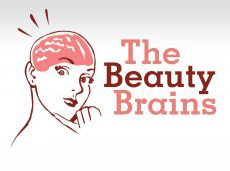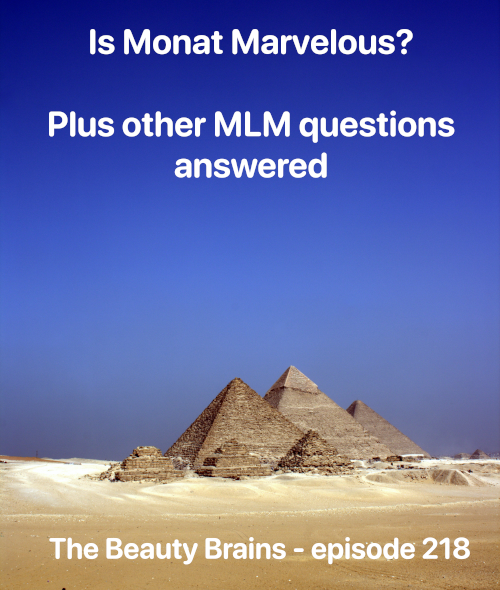Here is the beauty brains test blog page
Welcome to the Beauty Brains, a show where real cosmetic chemists answer your beauty product questions and give you an insider’s look at the cosmetic industry. This is Episode 226. Hosts Perry Romanowski, and Valerie George Is glycerin bad for curly hair? Are encapsulated ingredients better? Do scalp exfoliators help? Can beauty companies hide allergens [...]
On today’s show I’m going to answer questions about Microplastics in cosmetic products Metallic colorants in hair color The best products to use when undergoing chemotherapy Should you used expired sunscreens? Beauty Science News Is coffee waste the next hot ingredient? Follow the Beauty Brains Thanks for listening. Hey if you get a chance can [...]
Welcome to the Beauty Brains, a show where real cosmetic chemists answer your beauty product questions and give you an insider’s look at the cosmetic industry. Hosts: Perry Romanowski. On today’s show we’re going to answer questions about… Whether beauty supplements can make hair & skin look better What exactly is skin pH And whether [...]
Welcome to the Beauty Brains, a show where real cosmetic chemists answer your beauty product questions and give you an insider’s look at the cosmetic industry. Hosts: Valerie George and Perry Romanowski. On today’s show we’re going to answer questions about… Whether you should get a cosmetic fridge? If dry shampoo is bad for your [...]
Welcome to the Beauty Brains, a show where real cosmetic chemists answer your beauty product questions and give you an insider’s look at the cosmetic industry. This is Episode 222. Yes, that’s a palindrome! Yeah. I’m your host, Perry Romanowski and with me today is…well, it’s just me. Valerie is off today but she’ll [...]
Welcome to the Beauty Brains, a show where real cosmetic chemists answer your beauty product questions and give you an insider’s look at the cosmetic industry. Hosts: Valerie George and Perry Romanowski On today’s show we’re going to be answering questions about… Is blow drying at low heat better for your hair than air drying? [...]
Hello & welcome to the Beauty Brains, a show where real cosmetic chemists answer your beauty product questions and give you an insider’s look at the cosmetic industry. This is episode 220. Host: Perry Romanowski 7 Marketing Tricks that are Costing you Money Natural product nonsense Clean beauty con Salon brand secrets The Pricing Ploy [...]
Welcome to the Beauty Brains, a show where real cosmetic chemists answer your beauty product questions and give you an insider’s look from scientists in the cosmetic industry. On today’s show we’re going to be answering questions about… Is the wait time necessary when you are applying acids? How do you debate product safety with [...]
Welcome to the Beauty Brains, a show where real cosmetic chemists answer your beauty product questions and give you an insider’s look at the cosmetic industry. This is Episode 218. Hosts: Valerie George and Perry Romanowski. On today’s show we’re going to be answering beauty questions about… How do magnetic face masks work? Do Rodan [...]

